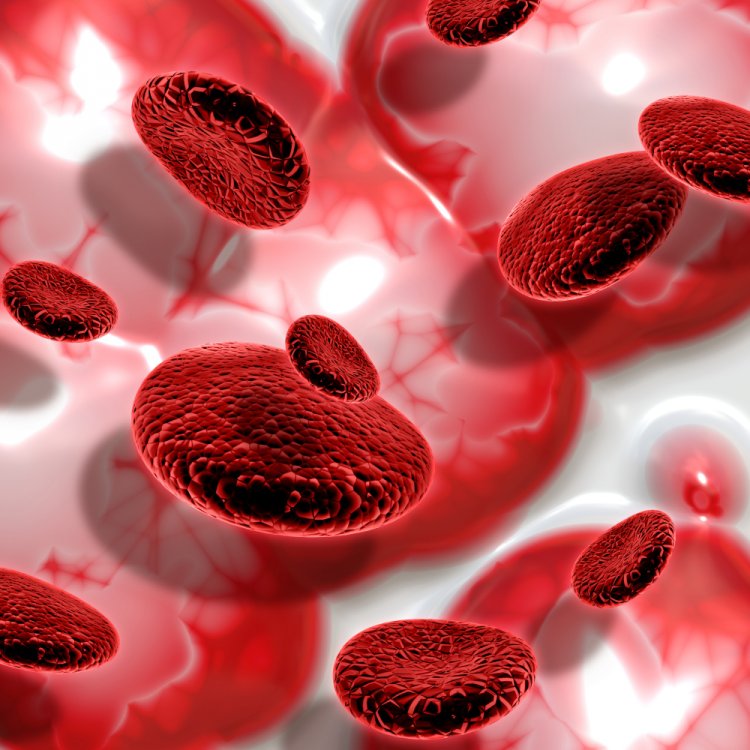Thalassemia: Understanding the Blood Disorder
Thalassemia is a group of inherited blood disorders characterized by abnormal hemoglobin production. Hemoglobin is a protein in red blood cells that carries oxygen throughout the body. Individuals with thalassemia have either reduced hemoglobin production or abnormal hemoglobin molecules, leading to anemia and other complications. This article delves into the causes, types, symptoms, diagnosis, treatment, and prevention strategies associated with thalassemia.

Causes
Thalassemia is caused by mutations in the genes responsible for hemoglobin production. These mutations disrupt the normal production of hemoglobin, leading to the characteristic features of the disorder. Thalassemia is inherited in an autosomal recessive pattern, meaning that an individual must inherit two copies of the mutated gene (one from each parent) to develop the disorder. If only one copy of the mutated gene is inherited, the individual is considered a carrier, or a "thalassemia trait" carrier, and typically does not show symptoms of the disorder.
Types
There are two main types of thalassemia: alpha thalassemia and beta thalassemia. Each type is further classified based on the severity of symptoms.
Alpha Thalassemia:
Alpha thalassemia occurs when there are defects or deletions in the genes that code for alpha-globin chains, a component of hemoglobin. The severity of alpha thalassemia depends on the number of genes affected.
Types of alpha thalassemia include:
- Silent carrier: One gene is affected. Individuals typically do not show symptoms.
- Alpha thalassemia trait: Two genes are affected. Symptoms are usually mild.
- Hemoglobin H disease: Three genes are affected. Symptoms are moderate to severe.
- Hydrops fetalis: All four genes are affected. This is the most severe form and often results in stillbirth or death shortly after birth.
Beta Thalassemia:
Beta thalassemia occurs when there are mutations in the genes responsible for producing beta-globin chains. Similar to alpha thalassemia, the severity of beta thalassemia depends on the specific mutations present.
Types of beta thalassemia include:
- Beta thalassemia minor: One gene is affected. Symptoms are usually mild.
- Beta thalassemia intermedia: Two genes are affected. Symptoms are moderate.
- Beta thalassemia major (also known as Cooley's anemia): Two genes are affected. Symptoms are severe and require regular blood transfusions for survival.
Symptoms
The signs and symptoms of thalassemia vary depending on the type and severity of the disorder. Common symptoms include:
- Fatigue
- Weakness
- Pale or yellowish skin
- Facial bone deformities (in severe cases)
- Slow growth and delayed puberty
- Enlarged spleen and liver
- Dark urine
Diagnosis
Thalassemia is typically diagnosed through blood tests that measure hemoglobin levels and the size and shape of red blood cells. Additional tests, such as DNA analysis, may be performed to confirm the diagnosis and determine the type and severity of the disorder.
Treatment
Treatment for thalassemia aims to alleviate symptoms, prevent complications, and improve quality of life. Treatment options may include:
- Blood transfusions: Regular transfusions are often necessary for individuals with moderate to severe forms of thalassemia to maintain adequate hemoglobin levels.
- Iron chelation therapy: Because frequent blood transfusions can lead to iron overload in the body, iron chelation therapy may be prescribed to remove excess iron.
- Folic acid supplements: Folic acid supplements can help stimulate the production of red blood cells.
- Bone marrow transplant: In select cases, a bone marrow transplant may be considered as a potential cure for thalassemia.
Prevention
Since thalassemia is an inherited disorder, prevention primarily involves genetic counseling and testing for carriers of thalassemia traits. Couples who are carriers of thalassemia traits can work with genetic counselors to assess the risk of having children with thalassemia and explore options such as prenatal testing or in vitro fertilization with preimplantation genetic diagnosis.
In conclusion, Thalassemia is a complex genetic disorder that requires lifelong management. With advances in medical care and genetic testing, individuals with thalassemia can lead fulfilling lives. Early diagnosis, comprehensive treatment, and genetic counseling play crucial roles in improving outcomes and reducing the burden of thalassemia on affected individuals and their families. Continued research into the underlying mechanisms of thalassemia and the development of novel therapies offer hope for improved treatments and potential cures in the future.
#ThalassemiaAwareness #BloodDisorder #Hemoglobin #AlphaThalassemia #BetaThalassemia #Anemia #GeneticDisorder #HealthAwareness #TreatmentOptions #GeneticCounseling #MedicalResearch #BloodTransfusion #IronChelationTherapy #BoneMarrowTransplant #HealthyLiving #PreventionAndCare #MedicalScience
Disclaimer:
The information provided in this article is for educational purposes only and should not be considered medical advice. If you have any health concerns or are experiencing symptoms, it is important to consult with a healthcare professional, such as a doctor or clinic, for proper diagnosis and treatment. Always seek the advice of your doctor or other qualified health provider with any questions you may have regarding a medical condition. Do not disregard professional medical advice or delay in seeking it because of something you have read in this article.
What's Your Reaction?





















